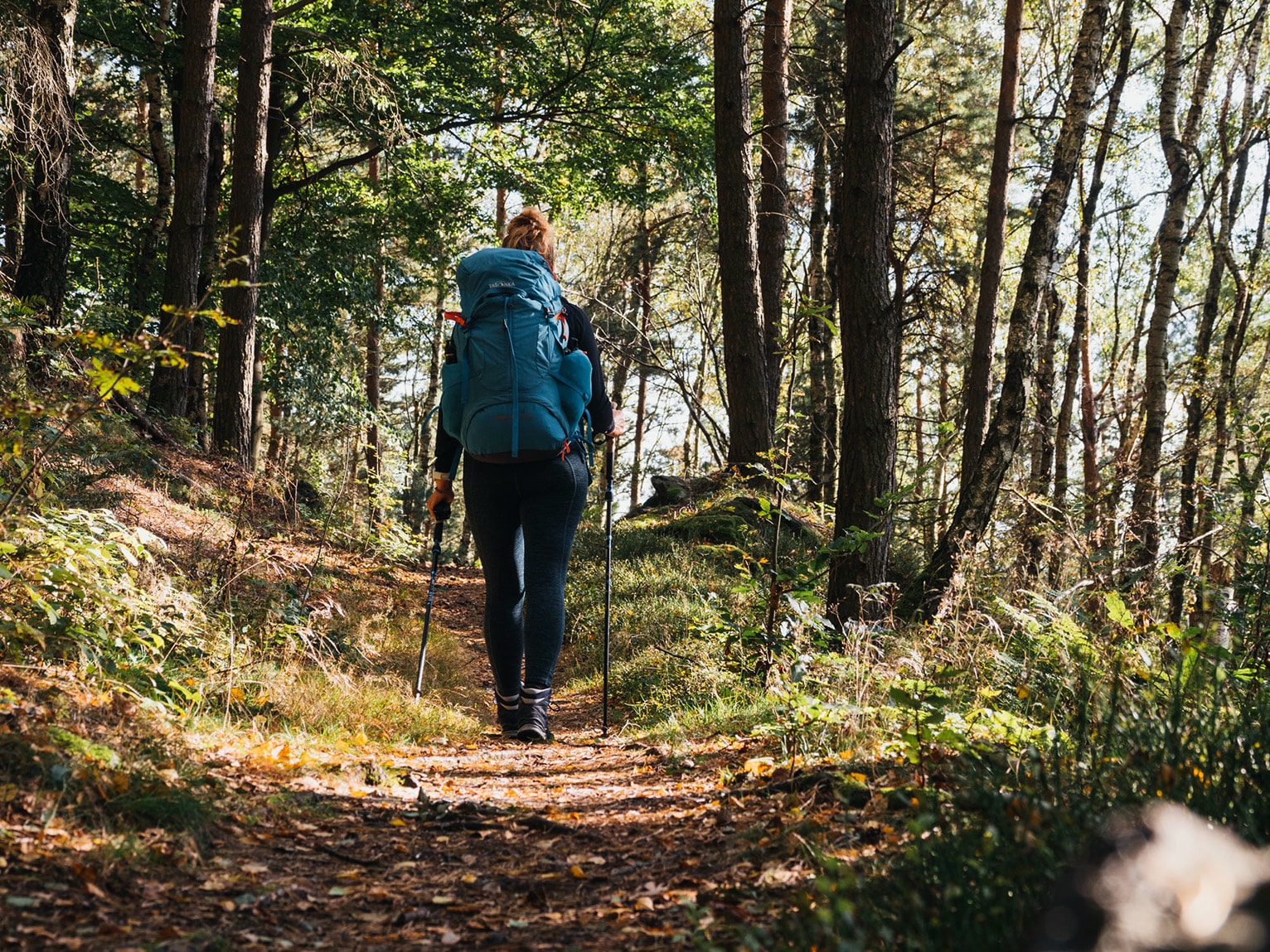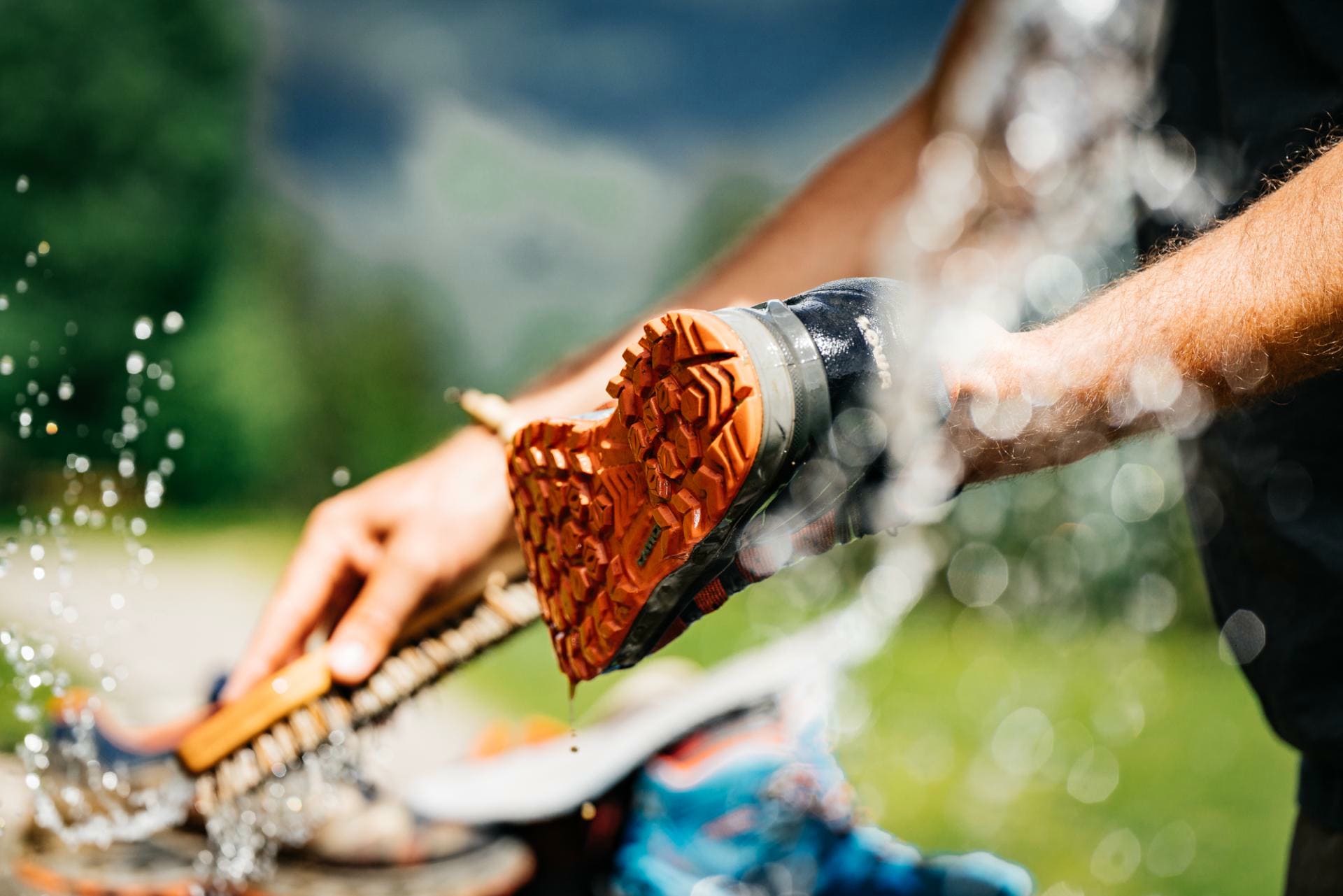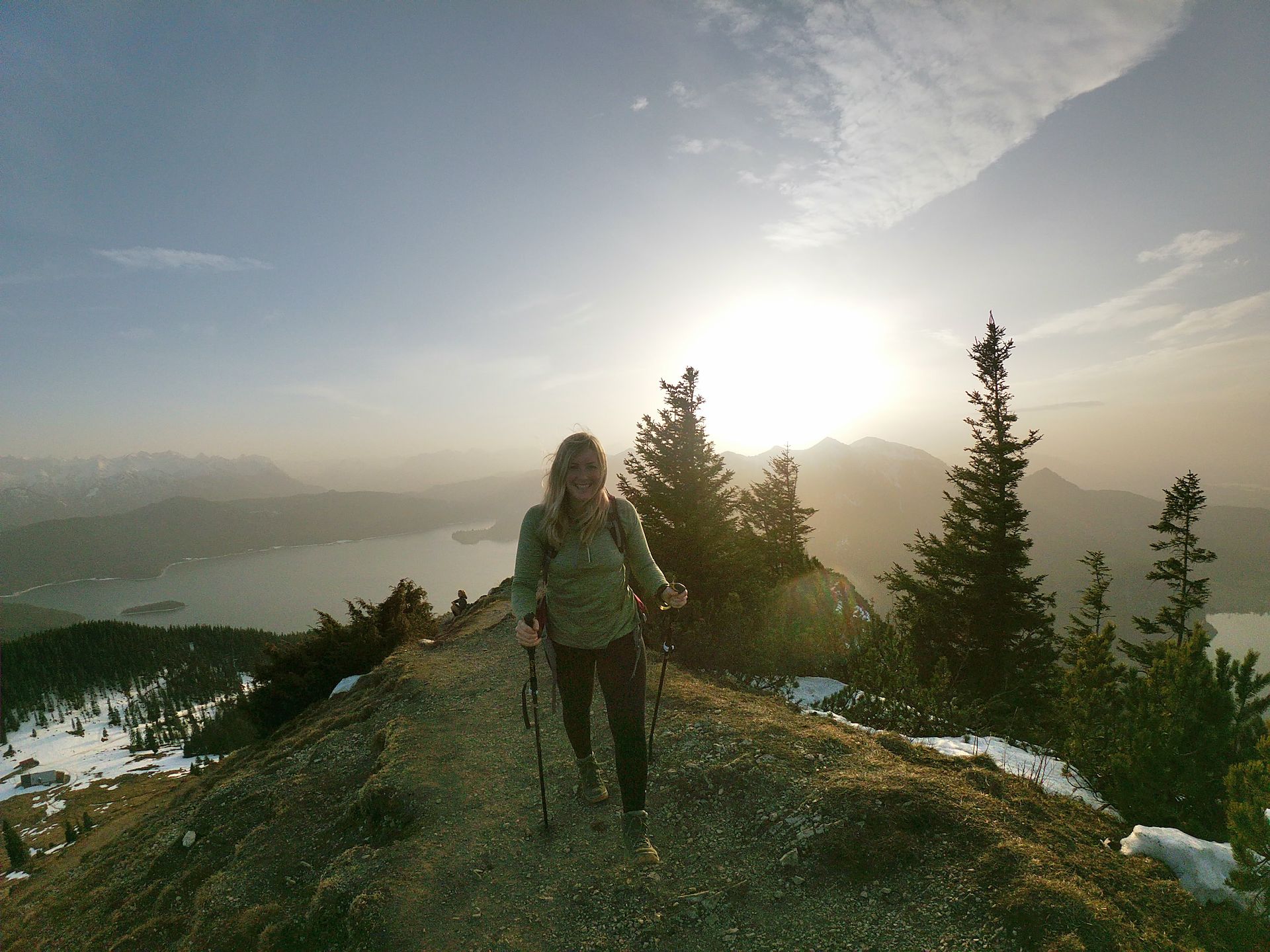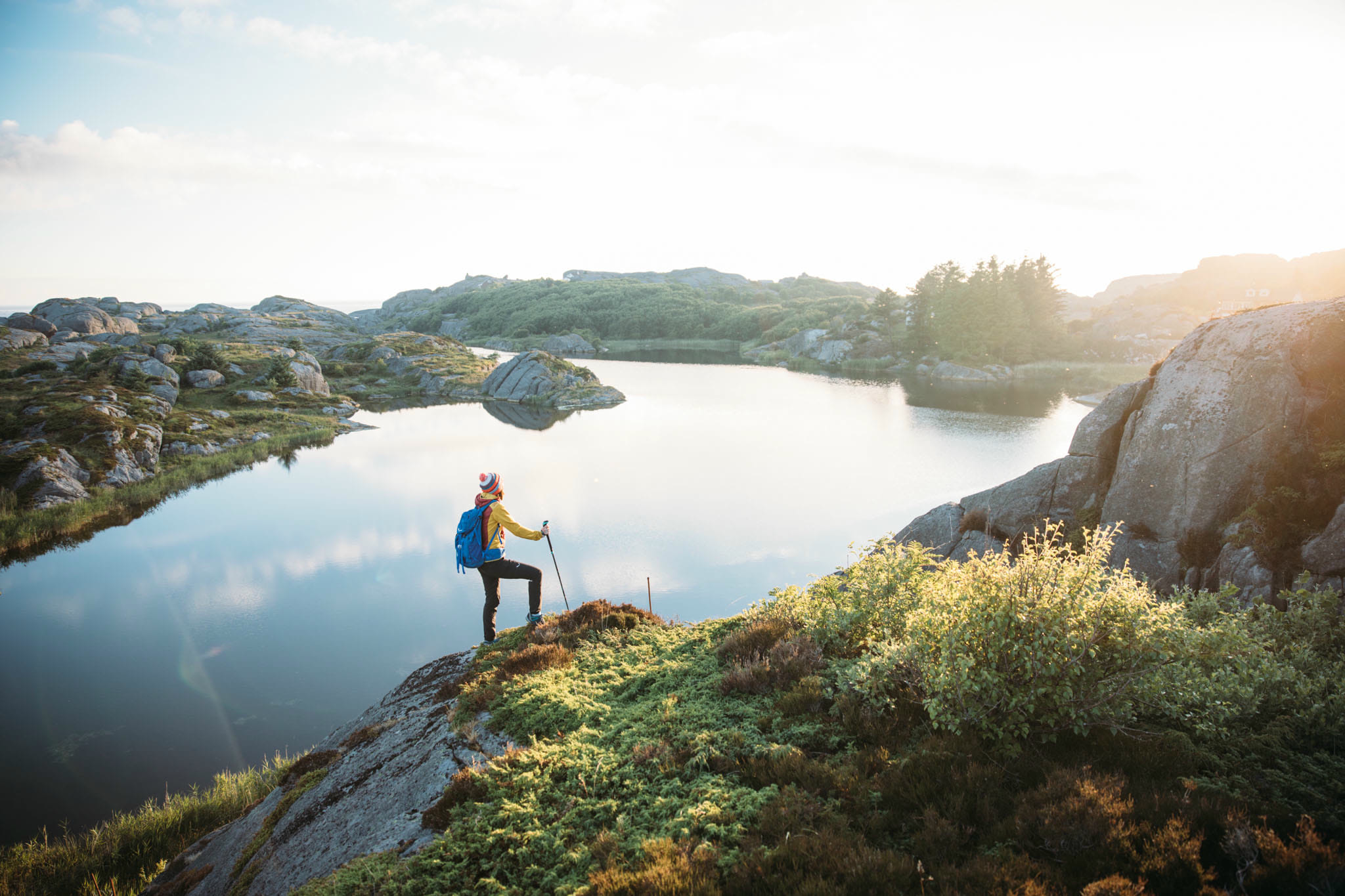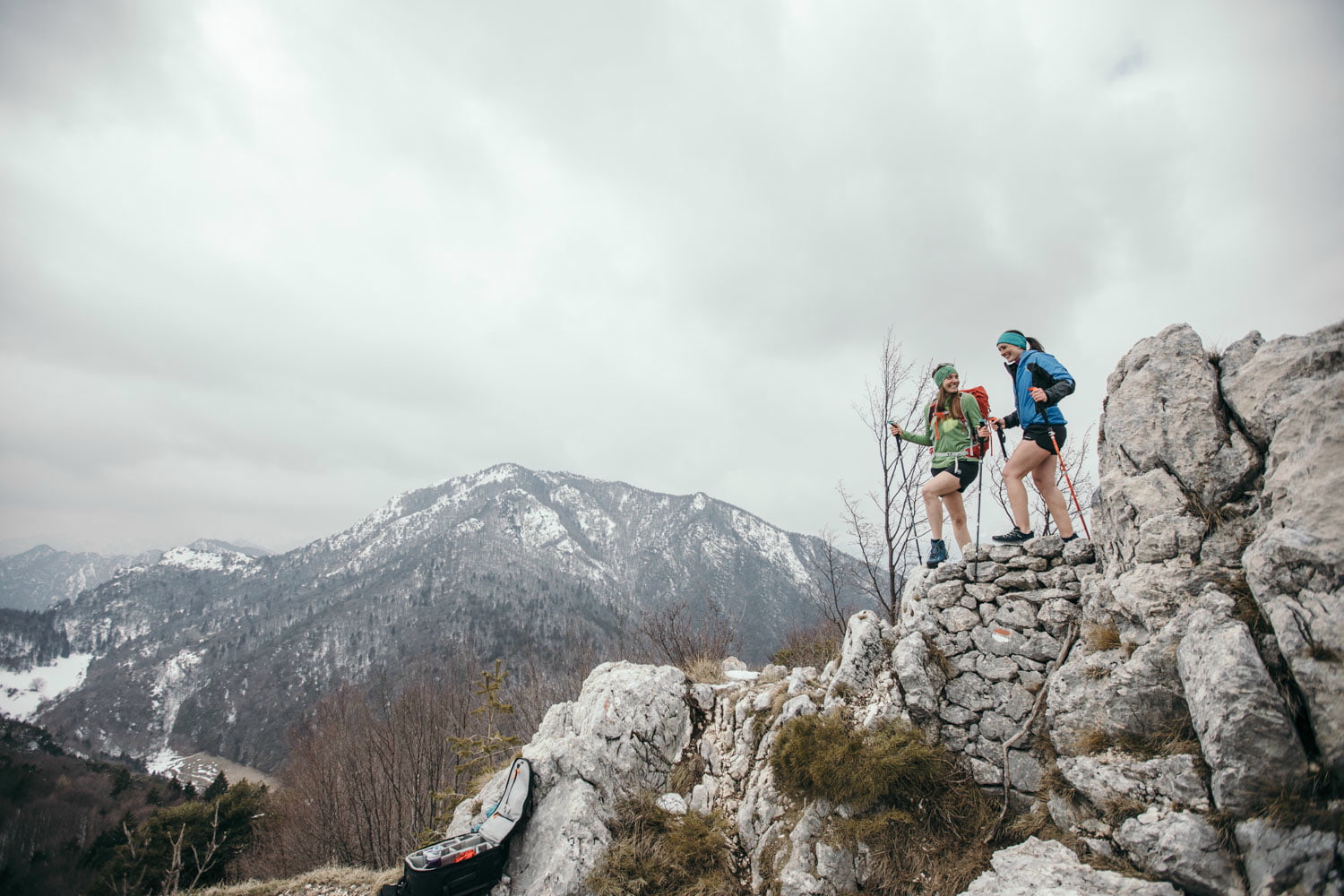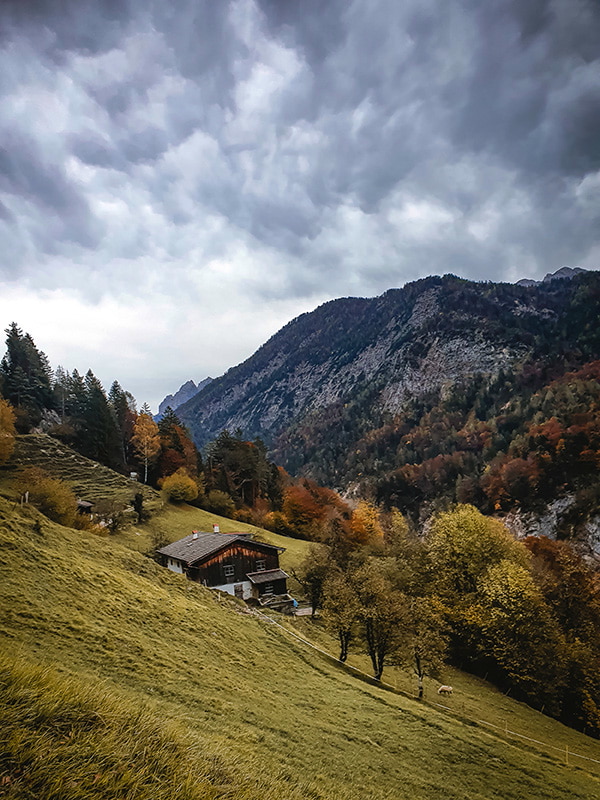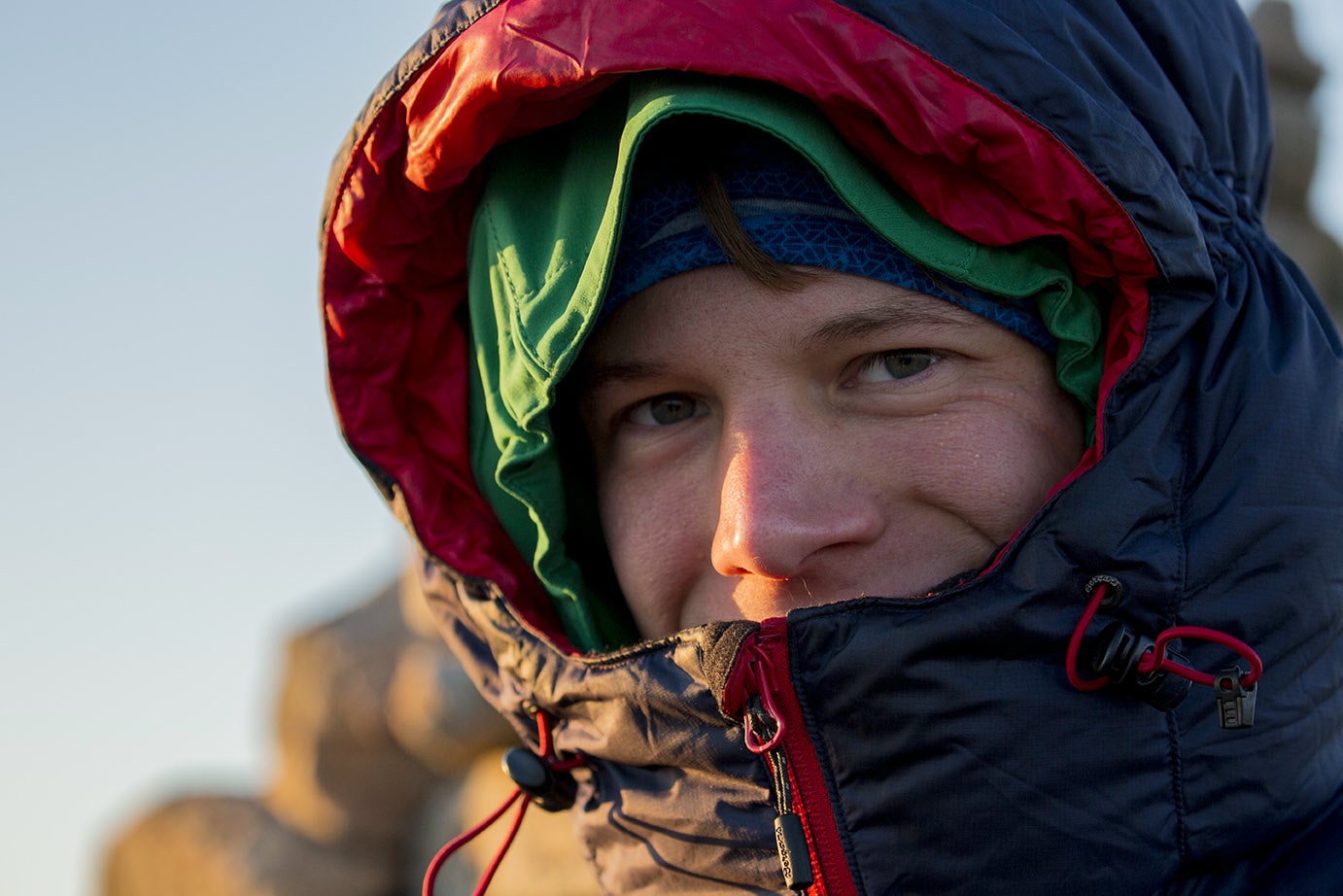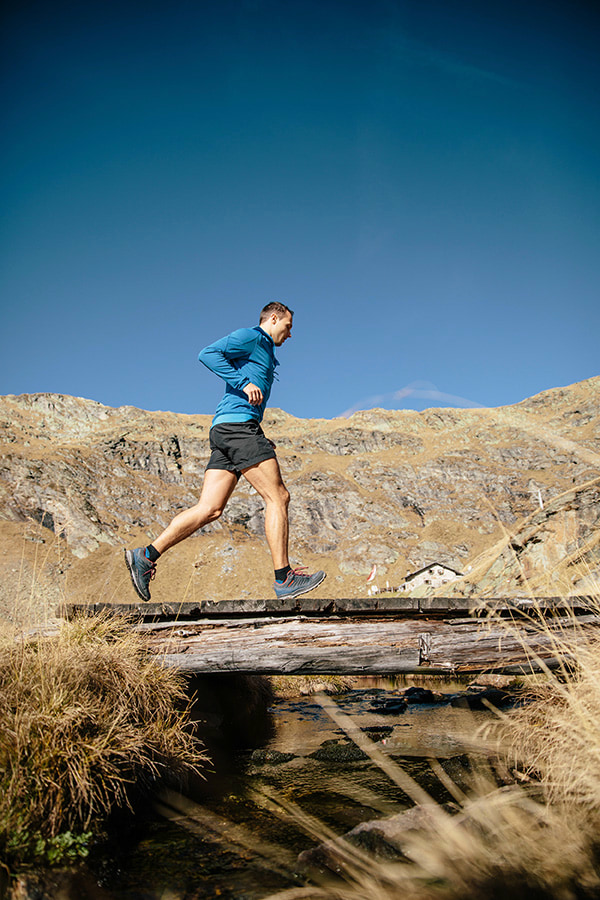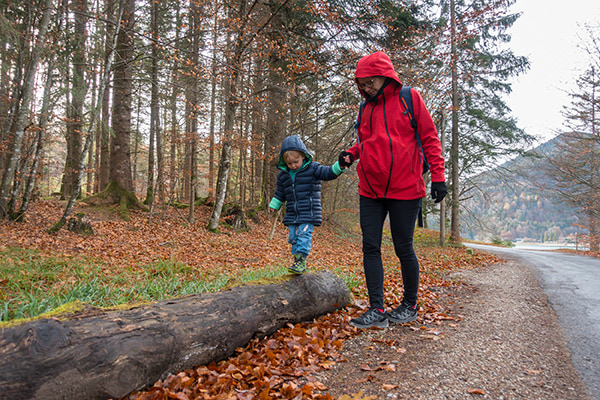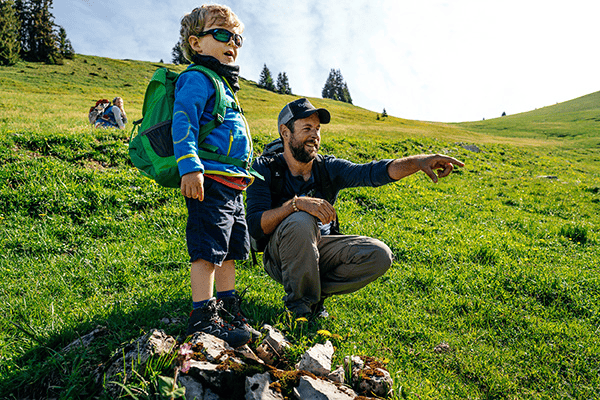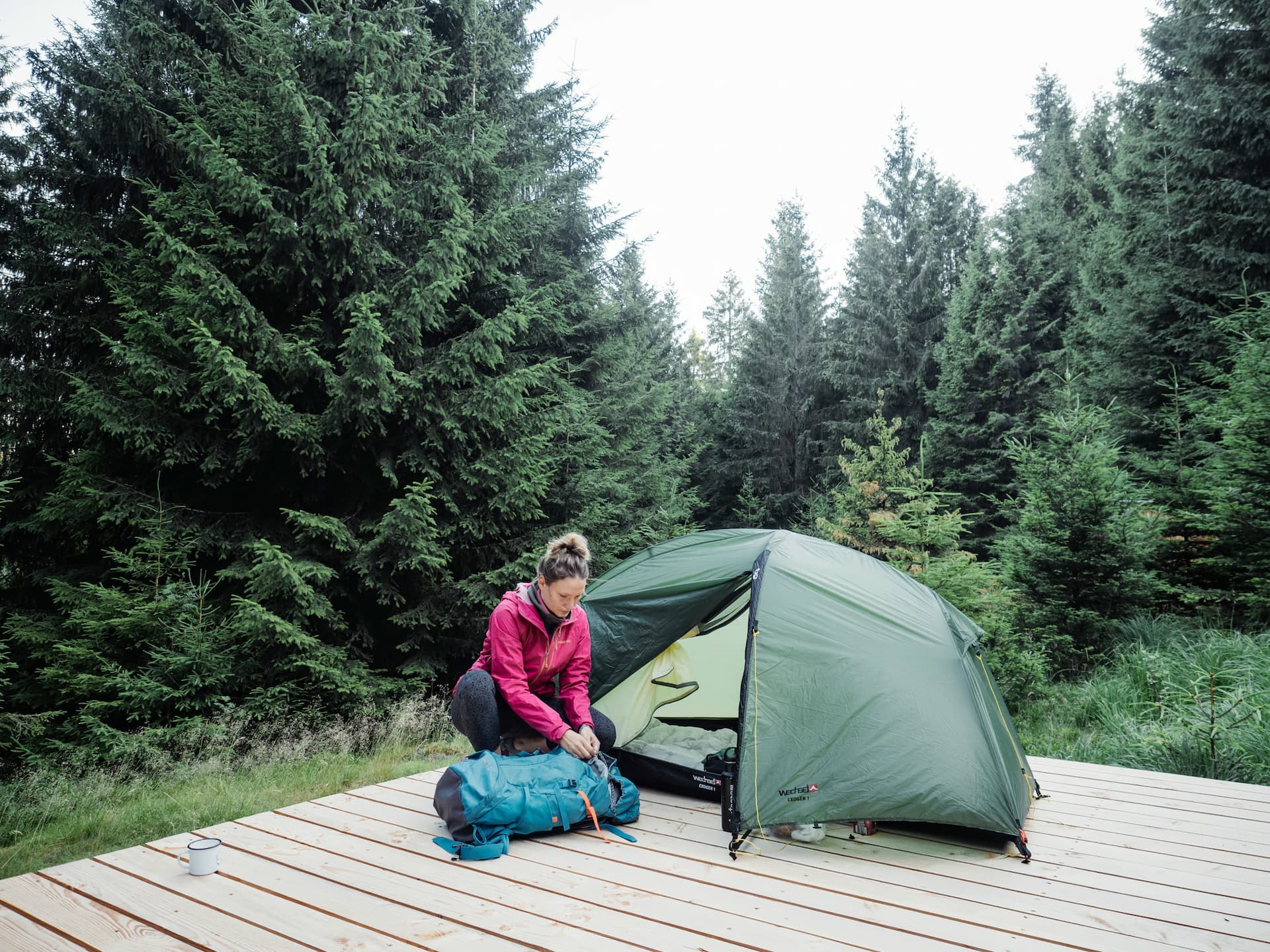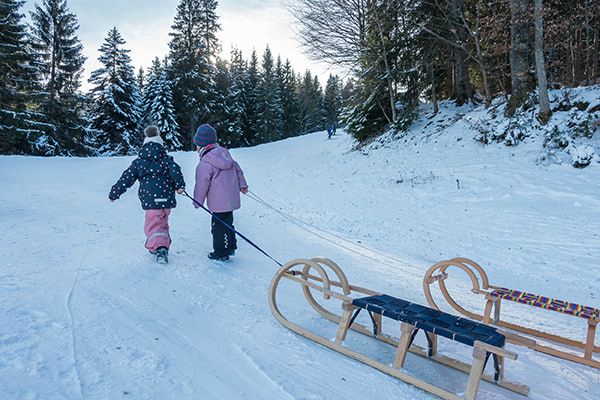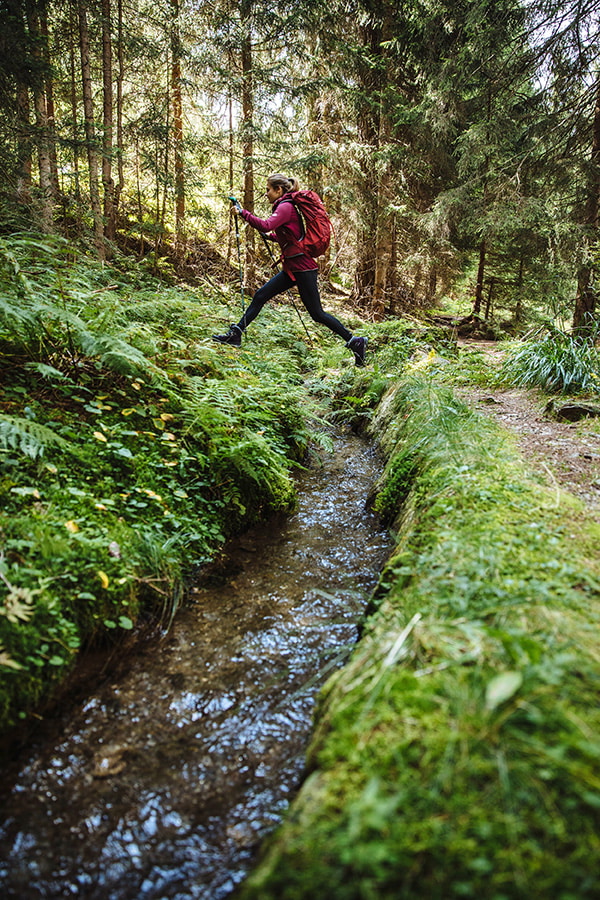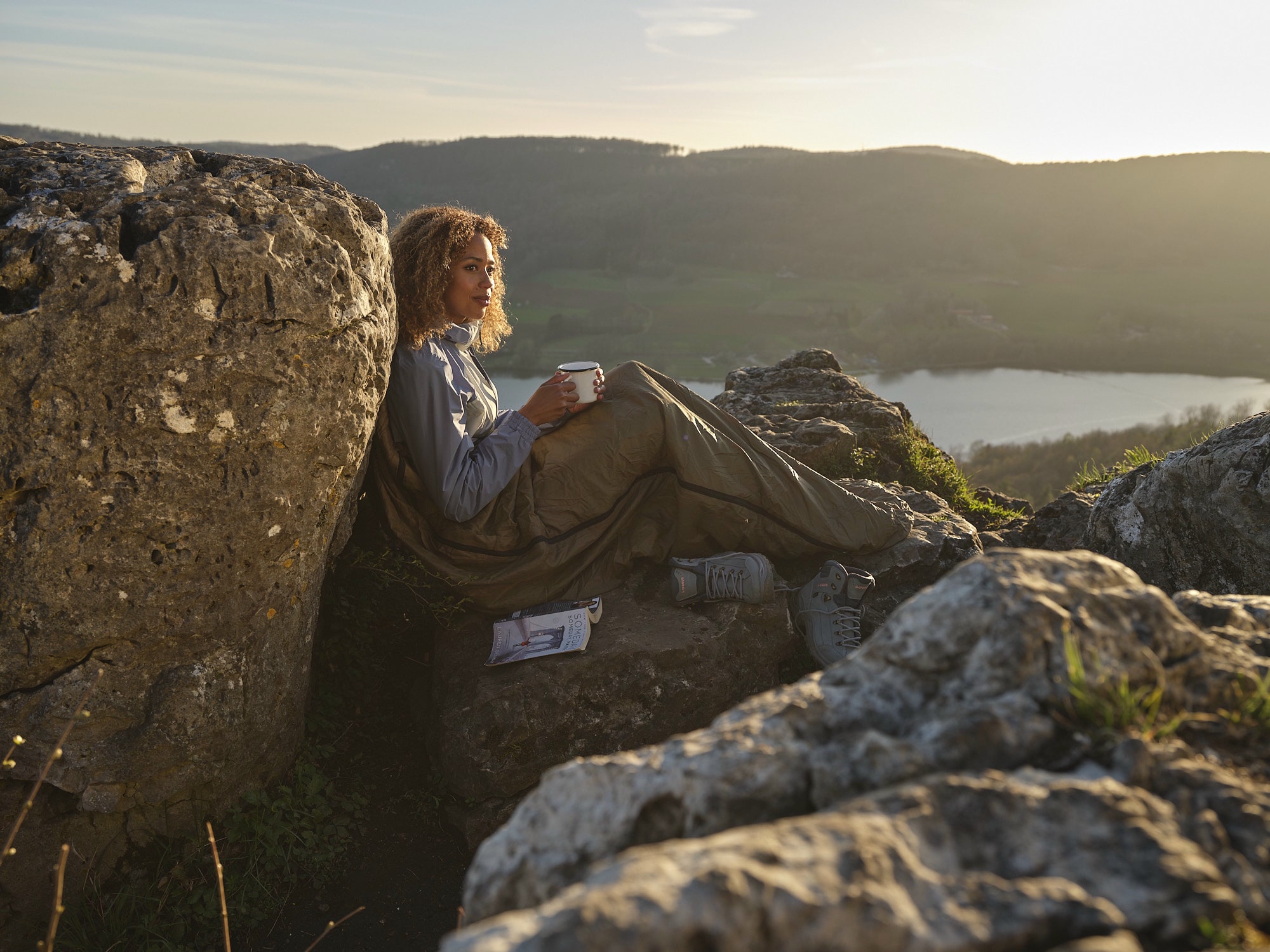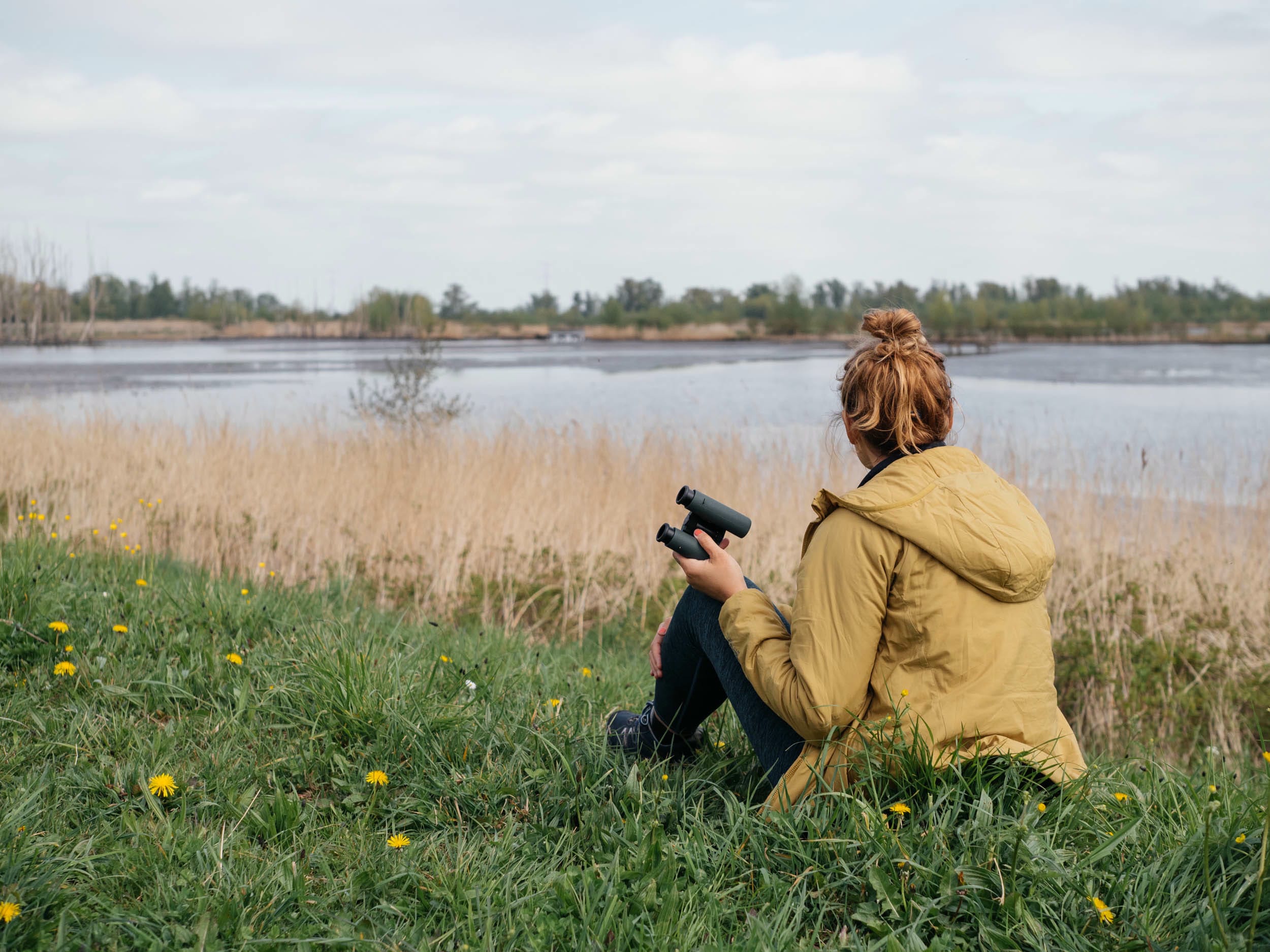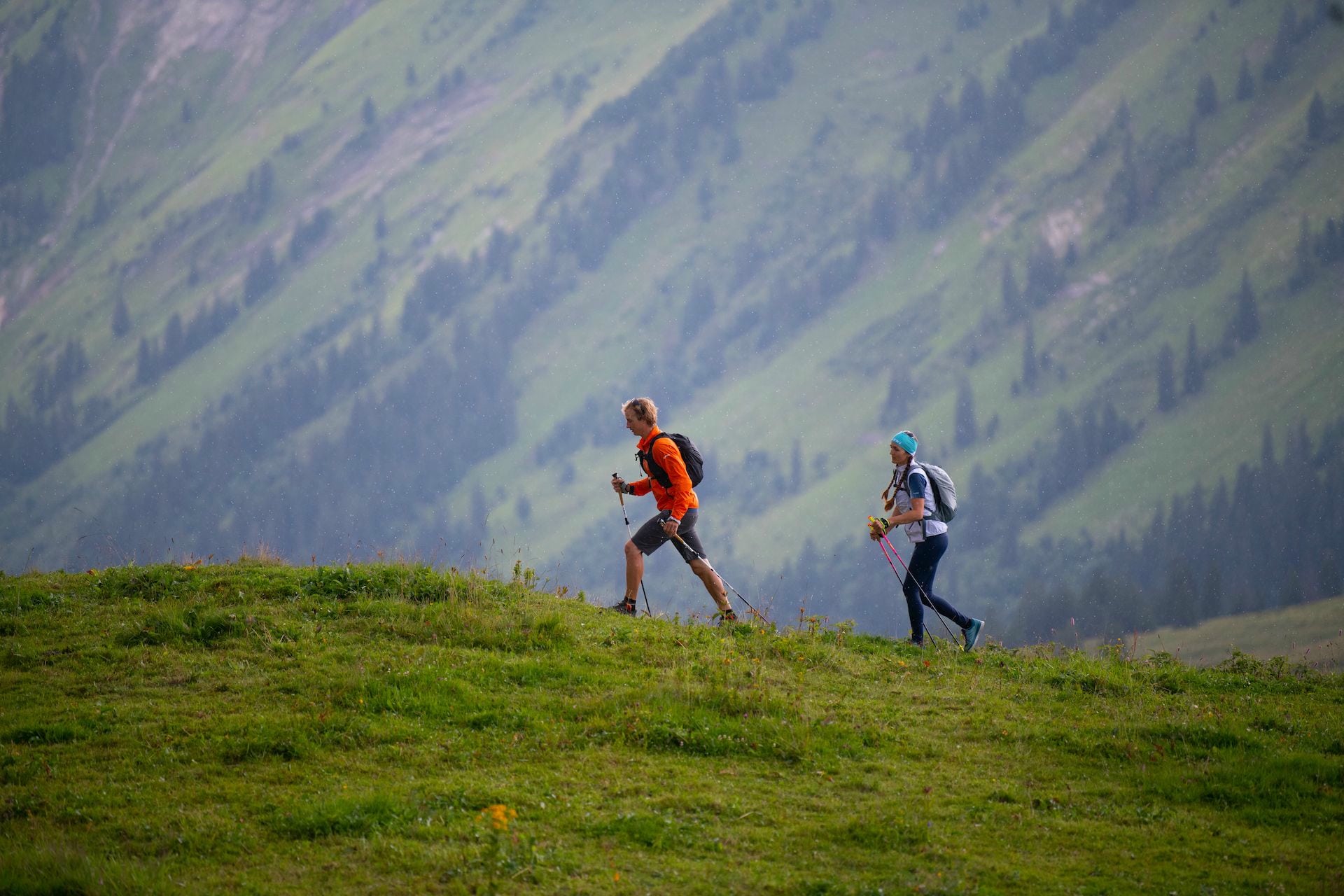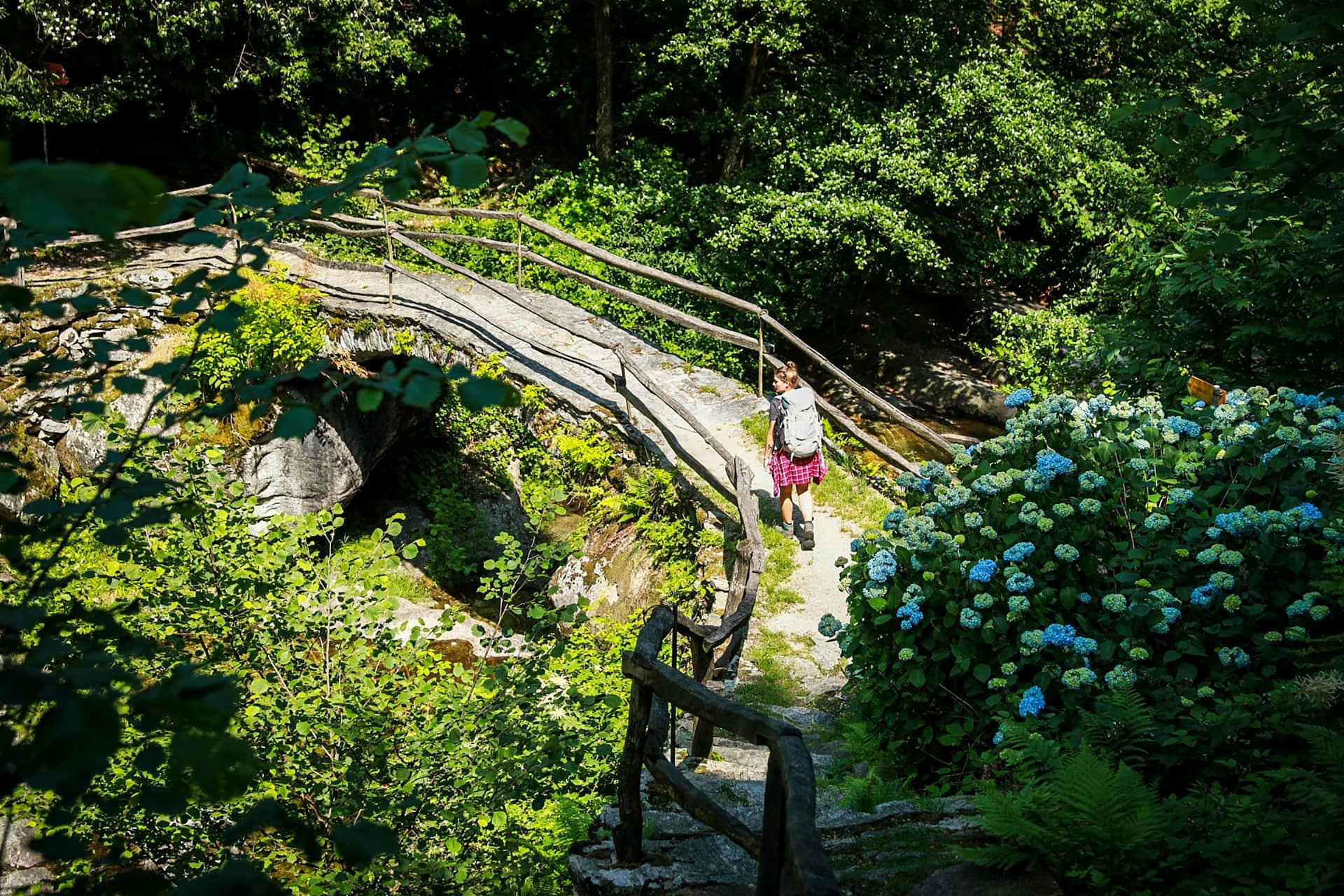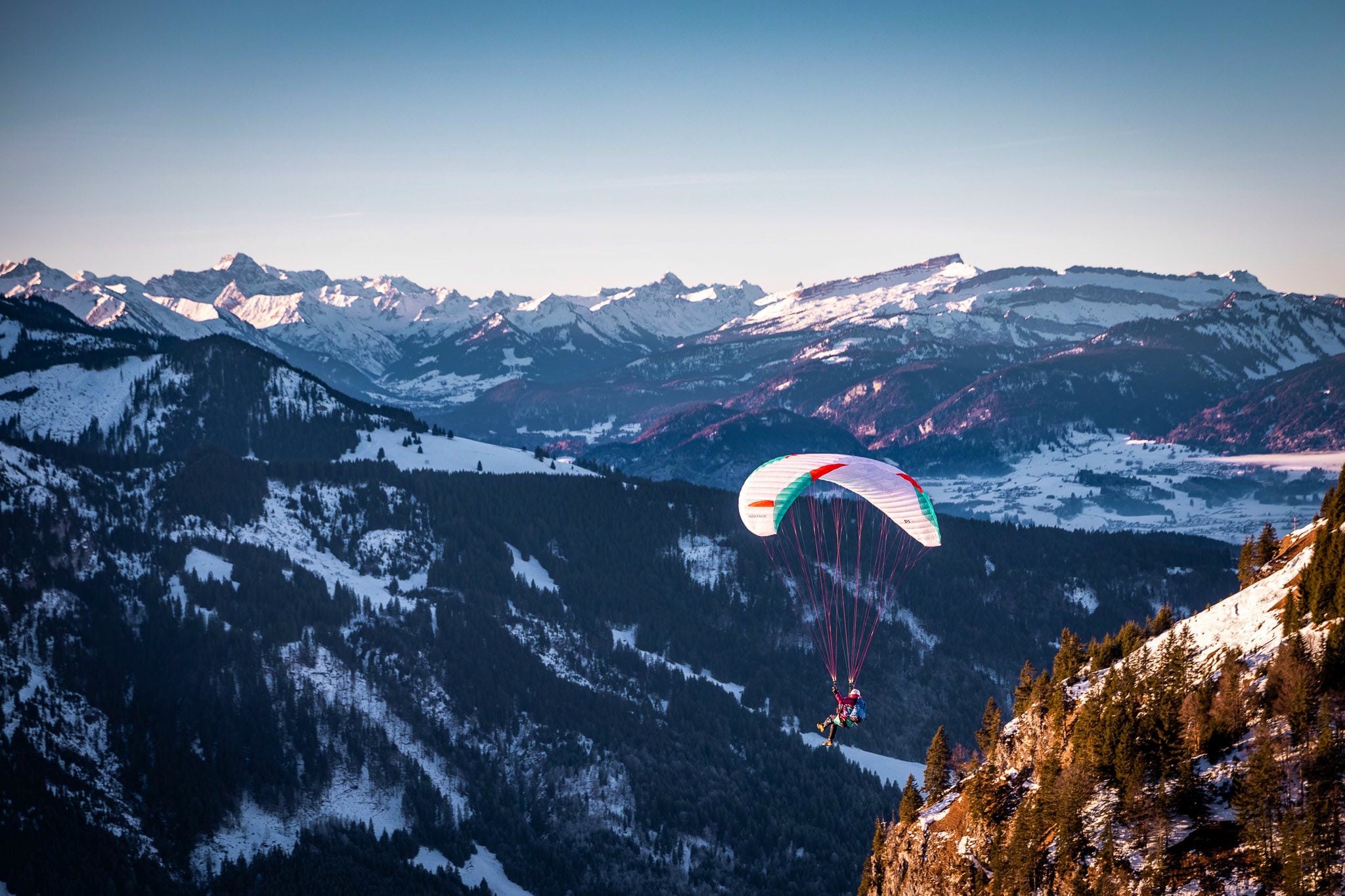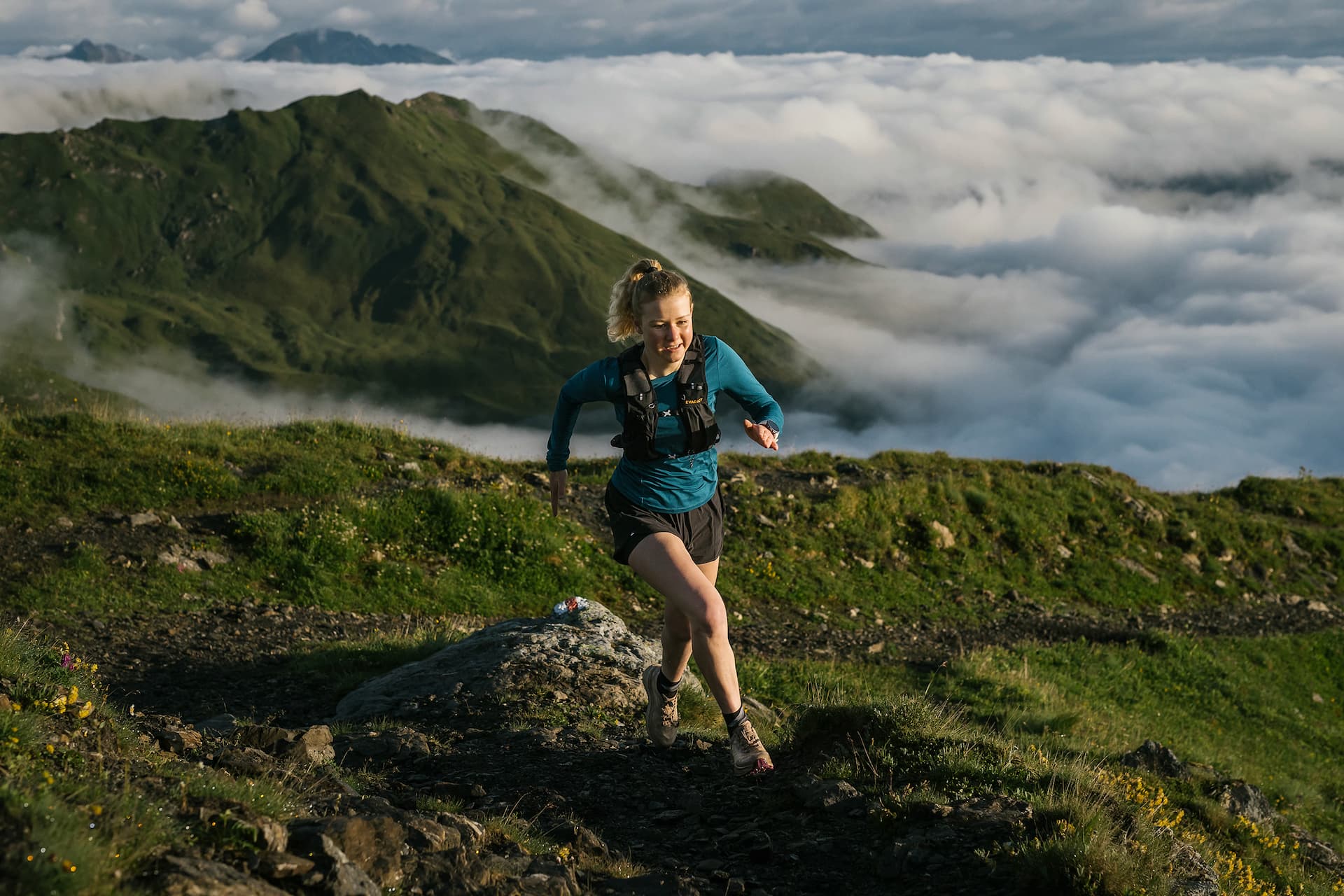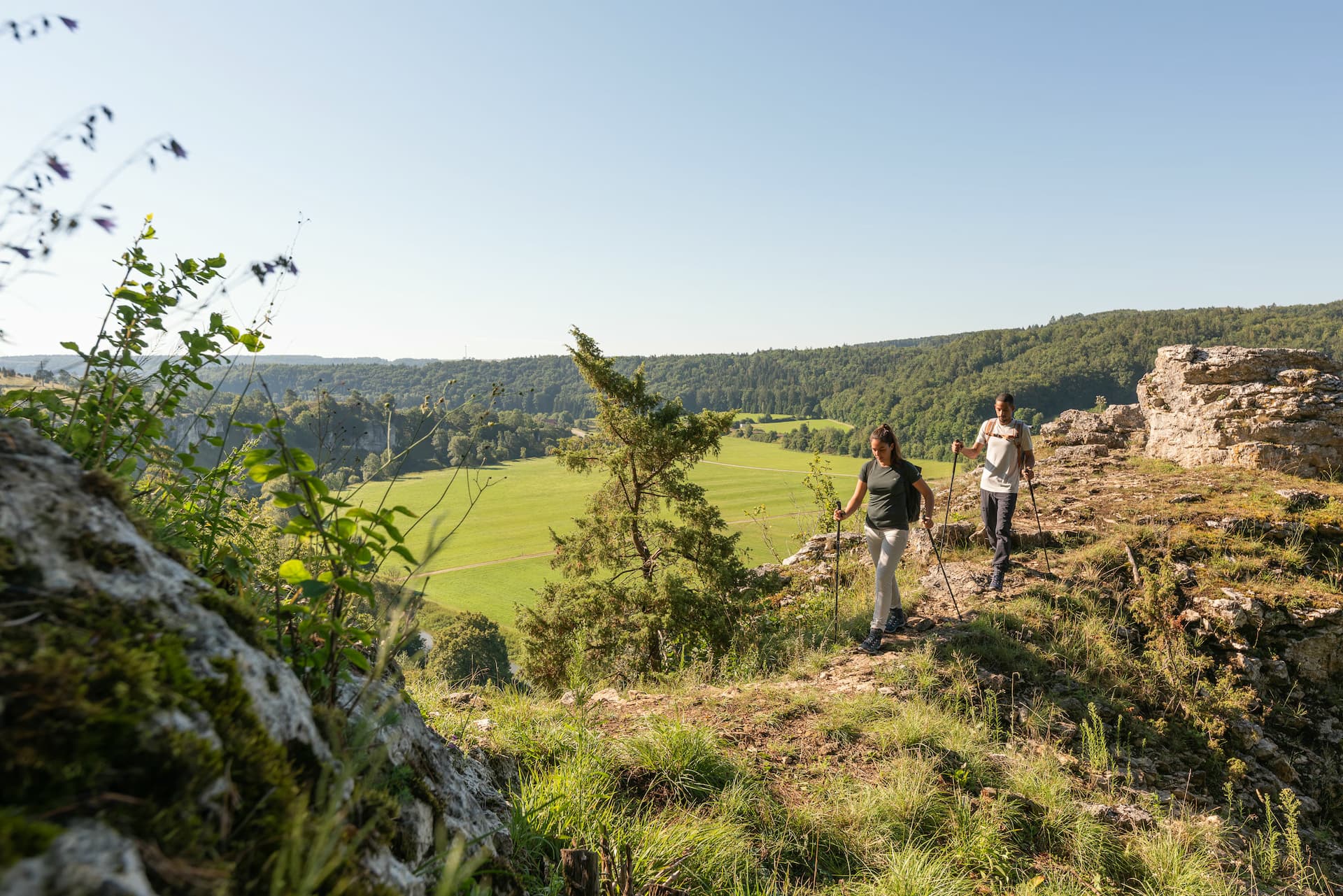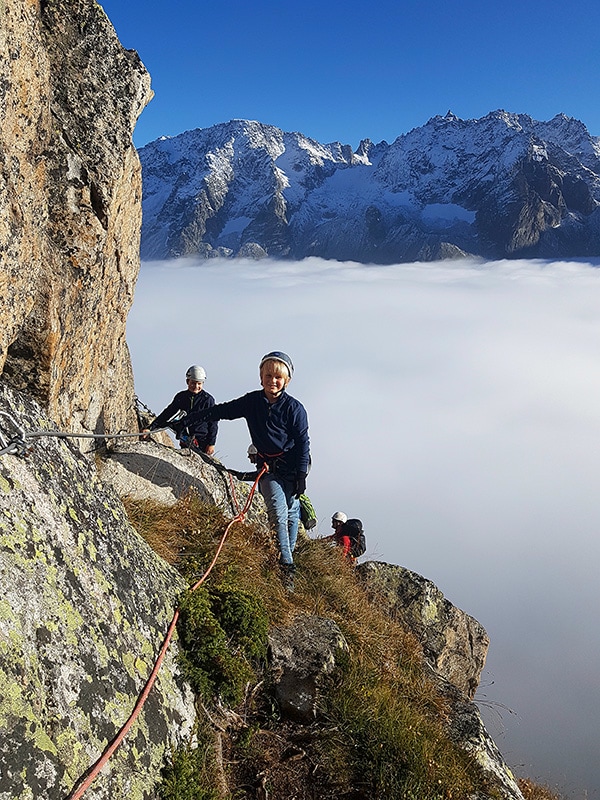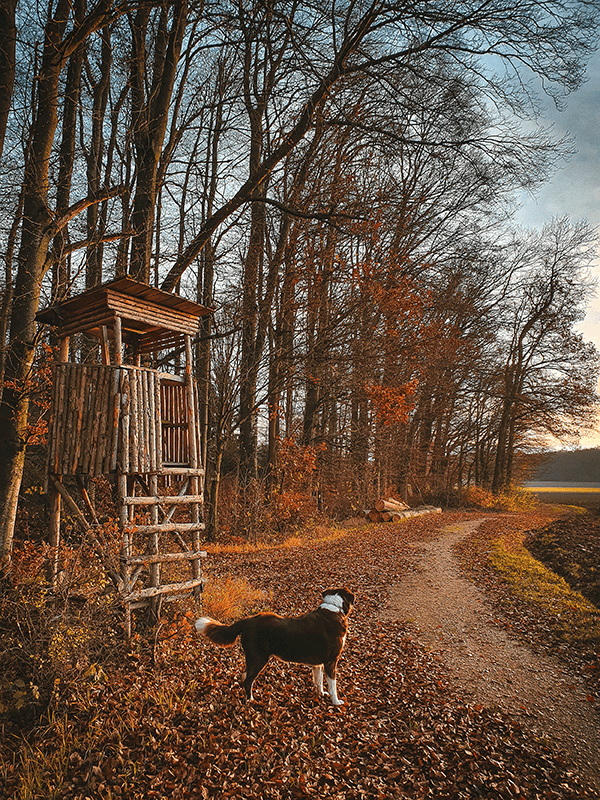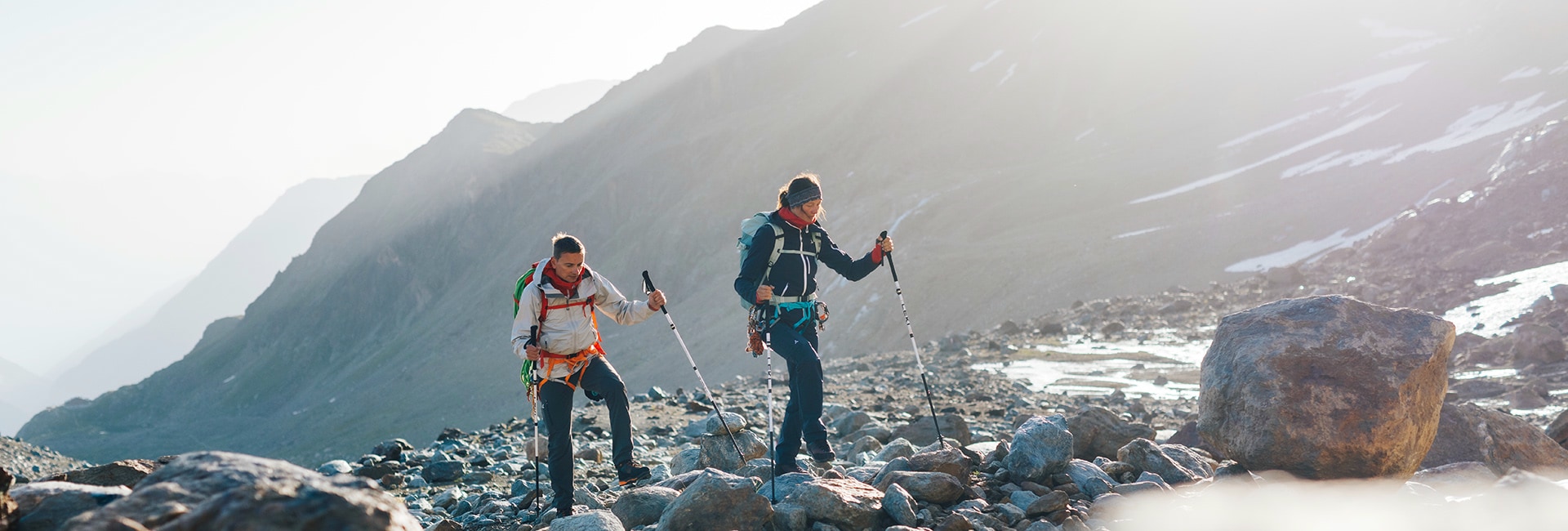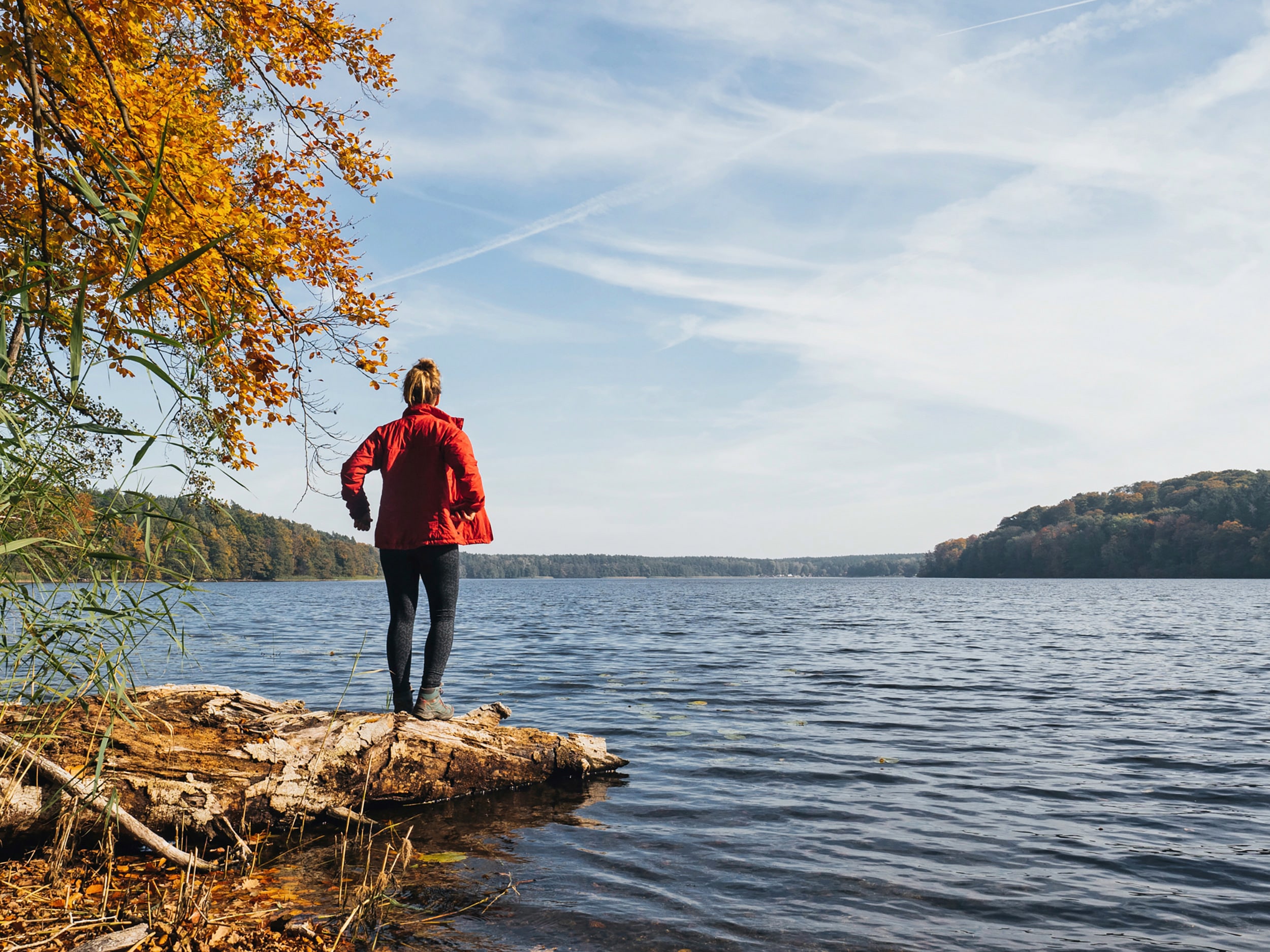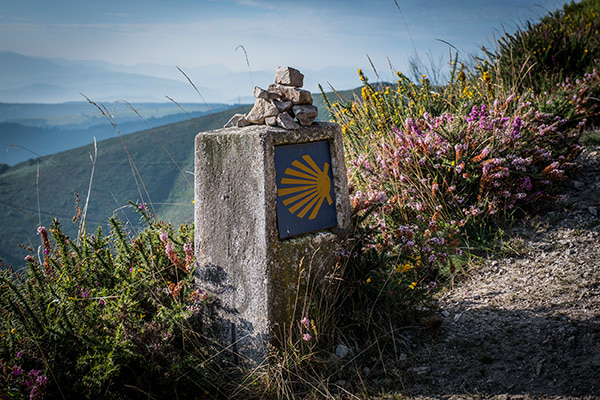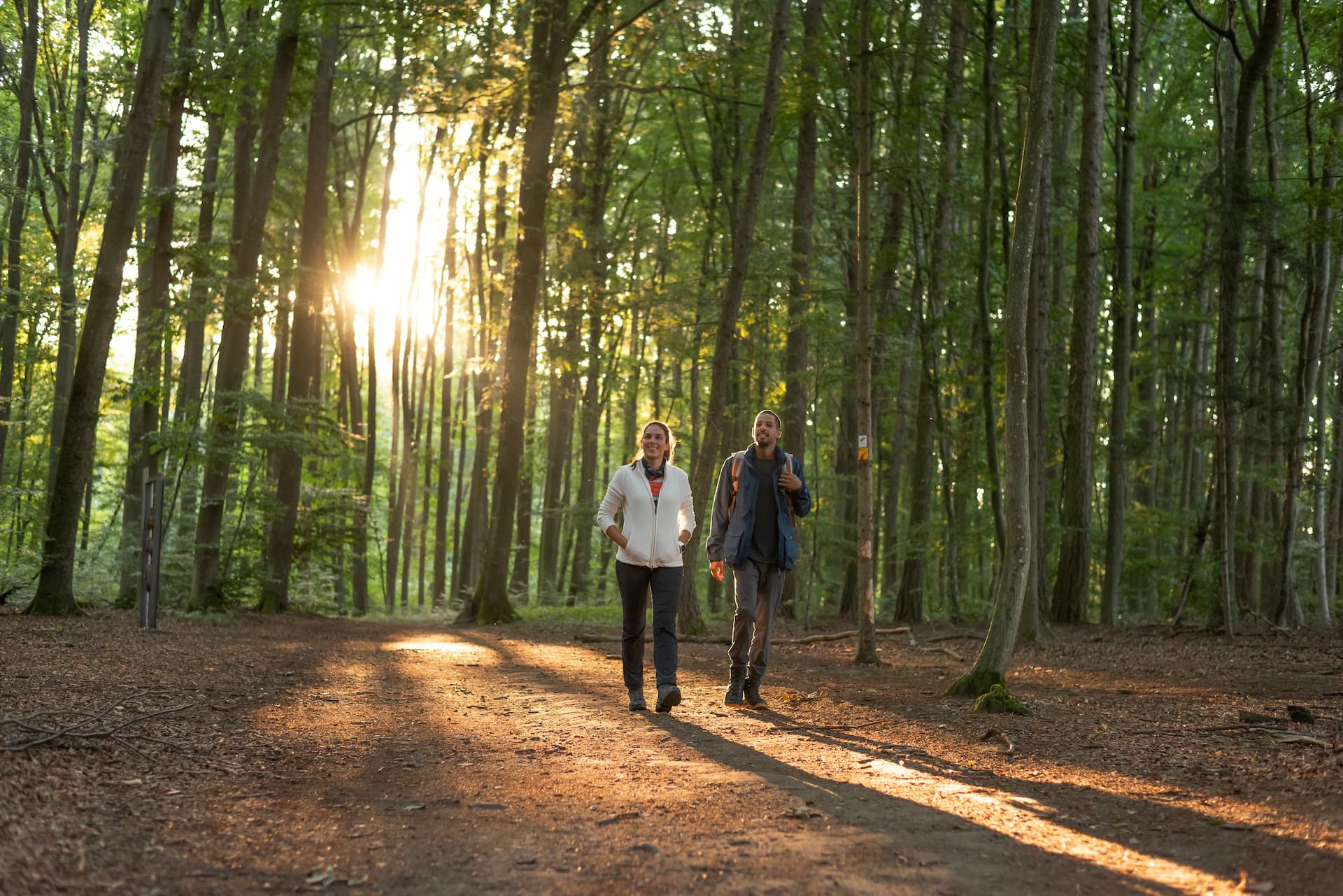One of the best ways to make your long-distance hiking life as easy as possible and to minimise the unaccustomed stress of your first long-distance hike is to pack your rucksack as lightly as possible, so that it only contains what you really need. To keep an overview, a packing list is very helpful, in which you enter everything that should end up in your rucksack. Ideally, you should also enter the weight of the individual items of equipment directly in the list, so you can quickly see where there is still potential for savings. Of course, you don't have to go ultralight and saw off the handle of your toothbrush. But it is well worth keeping an eye on the weight of your hiking equipment right from the start and practising a little minimalism.
Lace up your hiking boots in the knowledge that for the next few days or even weeks, all you have to do is put one foot in front of the other: It's a very special feeling. Planning your first long-distance hike in particular can bring its own challenges and pitfalls. The following tips should help you prepare and make the start of your long-distance hiking life easier.
LITTLE LUGGAGE MAKES YOUR TOUR EASIER
PACK AS LIGHT AS POSSIBLE
THE RIGHT FOOTWEAR FOR YOUR LONG-DISTANCE HIKE
CHOOSE THE RIGHT HIKING BOOTS
Hiking boots are one of the pieces of equipment that can make or break a long-distance hike. Many hikes have failed due to blisters or foot pain! And that hurts in more ways than one. On the one hand, it is important when choosing shoes that they fit really well on the foot and, if they are leather shoes, that they are sufficiently broken in before the long-distance hike. However, it is just as important to choose a type of shoe that suits the planned tour. Crampon-proof mountain boots on well-developed paths in the low mountain range will quickly spoil your hiking fun. On the other hand, lightweight hiking boots are also not necessarily the best choice for demanding alpine terrain.
ONLY THOSE WHO START CAN ARRIVE
TAKE THE FIRST STEP
Every long-distance hike begins with the first step. This applies not only to the hike itself, but also to the preparation. Especially if you don't have much equipment and have little hiking experience, the list of things to organise and consider can be quite intimidating. On top of that, you may be unsure whether you are up to the whole thing. However, taking the first step to realise the dream of long-distance hiking is often the hardest part. The first step can be something that you can do immediately and without much preparation. Once the ball is rolling, the rest will be a little easier. I promise!
KEEP YOUR EYES OPEN WHEN PLANNING YOUR ROUTE
THE RIGHT PLANNING MAKES YOUR TOUR EASIER
If you have "only" done day hikes so far and have no experience with multi-day hikes, it is advisable to plan the hiking stages rather conservatively. In other words, it's better to cover a few fewer altitudes and kilometres than you are used to on day hikes. Hiking for several days in a row is a particular challenge, especially as you also have to carry a heavier rucksack. It is therefore advisable not to embark on a big wilderness tour straight away, but rather to follow a well-signposted and well-developed hiking route. There are countless such routes in Germany and neighbouring European countries: trails certified by the German Hiking Association, for example, are particularly suitable. There you can be sure that the route is hiker-friendly, the signposting is consistent and that there are places to stop for refreshments and overnight accommodation. This way, you can slowly approach long-distance hiking and don't run the risk of encountering too many problems at once.
PREPARE YOURSELF WELL MENTALLY AND PHYSICALLY
PAY ATTENTION TO THE RIGHT CONSTITUTION
A few longer day tours to prepare for your first long-distance hike are indispensable. This allows you to test your equipment and get a feel for how long the stages are likely to be. And "incidentally", of course, you also train your own fitness. Targeted training of the feet is also very useful: because even if hiking ultimately strains the entire body, the feet are exposed to particular stress. Just a few minutes of foot exercises a day, such as heel lifts or balance exercises on unsteady ground, can make a big difference after a while. However, not only strong feet but also a strong head are crucial for a successful long-distance hike. To strengthen this, you can, for example, deliberately go on a day hike in bad weather. That way you learn to deal with low points.
ALWAYS REMAIN CALM AND COMPOSED
DON'T LET YOURSELF GO CRAZY
Somewhere between route planning and equipment research, it's easy to lose your nerve. Then it helps to take a deep breath and remember that not everything has to go perfectly at the first attempt. Of course, you shouldn't take hiking lightly, even in our latitudes, but many potential problems can still be solved on the go. And by the next tour at the latest, you'll know a little better. The important thing is to remain as relaxed as possible during preparation and on the road. If in doubt, it helps to take a break and take a deep breath. After that, the world usually looks better again.
